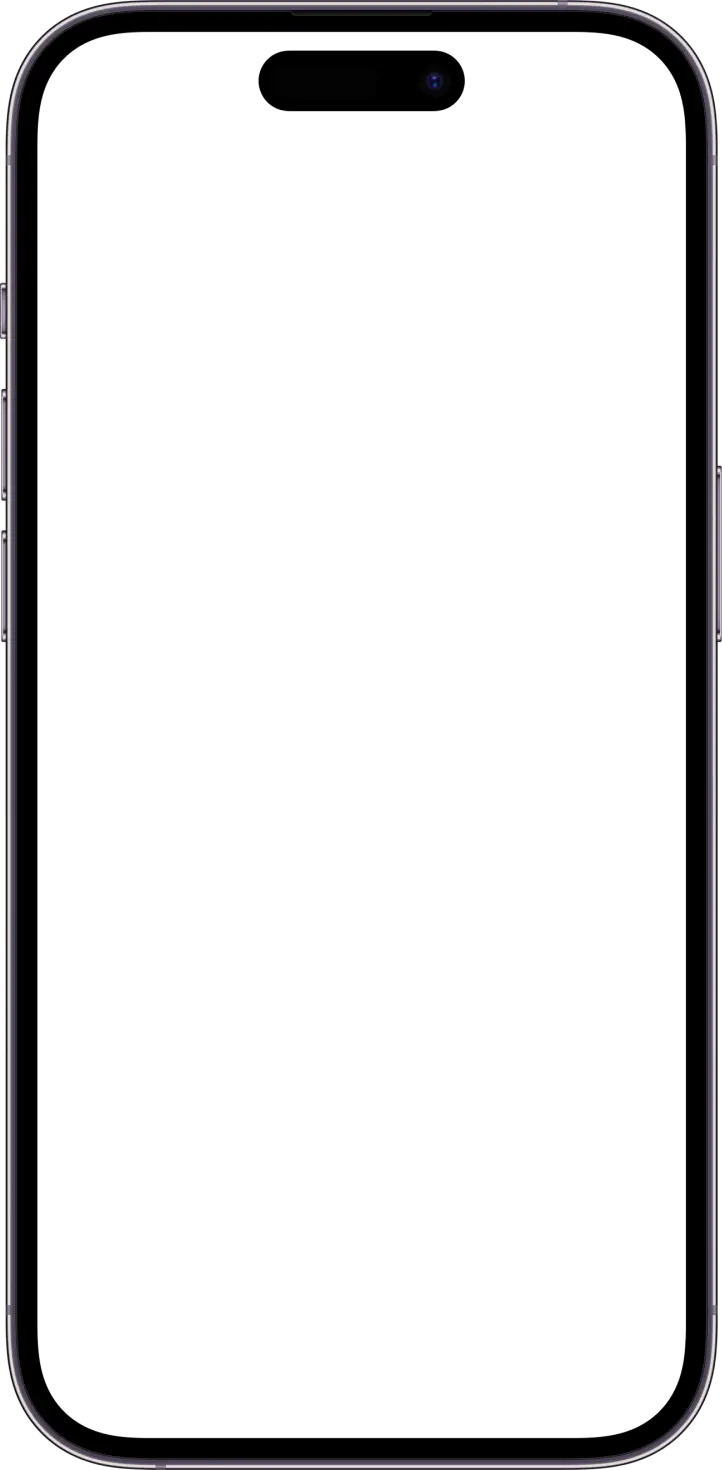conversation design
SecondLife Technologies Chatbot

As part of a larger service design project, we created a multimodal chatbot to support Second Life Technologies, a tech clinic for students at the University of Melbourne. The chatbot helps users book appointments, learn about e-waste, and navigate a refurbished tech marketplace—making the service more accessible, informative, and easy to use.
The Problem
The primary goal of our chatbot was to help students easily access and use the Second Life Technologies service. A secondary goal was to raise awareness around e-waste, addressing a key insight from our research: many students are unsure what e-waste includes or how to dispose of it responsibly.
The Service
The chatbot was designed for a service called Second Life Technologies, a one-stop-shop tech clinic at the University of Melbourne where students can bring their e-waste to be assessed and then refurbished, resold, or recycled depending on condition.
Solution Overview
Using Voiceflow, we designed a multimodal chatbot integrated across three key touchpoints: appointment booking, e-waste evaluation and FAQs, and marketplace search. Each interaction was tailored to guide students through using the service while subtly educating them about e-waste, making the experience both practical and awareness-building.
Our conversation design process began with mapping user needs to three distinct chatbot touchpoints: appointment booking, service evaluation and FAQs, and marketplace support. We used methods such as conversation flow charting, utterance-pair brainstorming, Crazy 8s ideation, and wireframing to explore different dialogue structures and user paths. Throughout, we gathered user feedback and conducted rapid prototyping to refine tone, phrasing, and interaction style, while ensuring accessibility through multimodal input (text and voice) and clear, user-friendly language.
My role
My primary role in this project (in addition to contributions to collective ideation, development, and writing) was user research and testing. I tested the chatbot flows for bugs and edge cases myself, and recruited other students to give feedback at multiple stages of the chatbot development. In my own testing, I incorporated theory as a reference as a basis for my tests, and connected it to my findings as justification.
Conversation design
Our process began with ideation on where chatbot could fit into existing service. Once we had decided on the three touchpoints, we moved on to defining the personality of the chatbot, and did utterance pair brainstorming for the chatbot's potential output. Our final step was creating flowcharts to map out ideal and unideal conversation flows. These flowcharts went through many iterations, and we came back to them to tweak the flows as we began to test our working Voiceflow prototype.
User testing phases
#1: Initial impressions & insights
We tested with other students in workshops to get initial impressions on the overall chatbot design, and tested ourselves to find and fix bugs.
#2: Testing edge cases
I compiled a list of edge cases and tested the chatbot against them.
#3: Task-based testing
To get higher-level insights into user behavior and points of confusion, I conducted observations with users, walking through important tasks in each of the chatbot's three touchpoints.
Key insights from testing
The final chatbot design includes three integrated touchpoints: a streamlined appointment booking assistant, an FAQ and e-waste evaluation bot, and a marketplace guide that helps students find refurbished devices. Each flow is designed to be accessible, informative, and approachable—making it easier for students to use the service while increasing awareness and understanding of e-waste.
Implementation in Voiceflow
This project was my first experience with conversation design, and it challenged me to think in entirely new ways about user interaction. Unlike traditional UX design, where structure and visuals guide the experience, conversation design relies on tone, timing, and language to create clarity and build trust. I learned how important it is to anticipate user intent, test phrasing iteratively, and design flows that feel natural, especially when balancing functional goals with informative, accessible communication.




